STL281: The facebook bark police
Larissa Huff joins Vic and Ben to discuss disk sanders, shop carts, live-edge tables, and milling.Check out Larissa on PBS’s Craft In America — Home
Question 1:
From Jon:
I constantly have a need to sand radiuses on corners of my projects, so my question is about table saw sanding discs. My shop is small. It is about 10ft by 12ft, so I do not have room for a dedicated disc sander. Would a table saw sanding disc be a good alternative? Online forums are chalked full of people saying they would never use one because it would destroy the saw somehow. I am not sure how true that is. All that said, I could also do what I need if I got better with my jigsaw and random orbital sander. Maybe I am overthinking this. For context, I own a SawStop Jobsite saw.
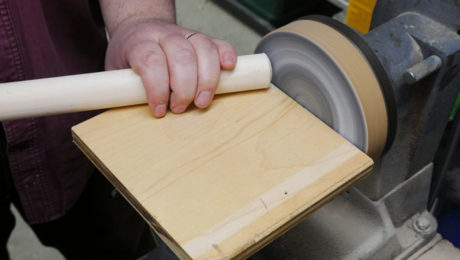 |
Video: Turn your lathe into a disk sanderBen Strano demonstrates how to build an accessory table that mounts in your lathe banjo when using it as a disk sander. |
 |
Craig Thibodeau’s homemade sanders |
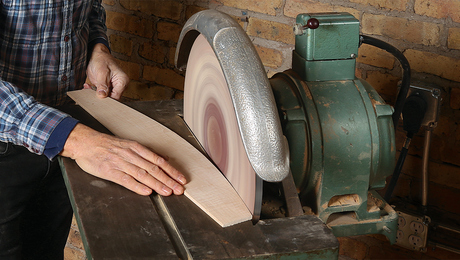 |
The versatile disc sanderOften overlooked, the disc sander has earned its spot in the shop. |
Question 2:
From Ken:
What’s your ideal shop cart if you could only have one and why? What dimensions? Height? What kind of top? Storage or just a cart reserved for project work? Drawers? Shelves? T-track? Tray? Vise? Any lessons from experience?
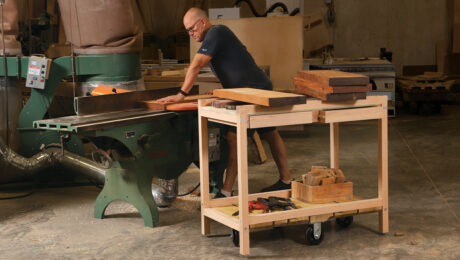 |
Build a versatile shop cartBrian Boggs’s strong and nimble work station sets your materials in motion. |
Question 3:
From Michael:
I recently built a hall table out of black walnut and maple. The walnut top was left with the natural shape “live edge” with no bark. I then proceeded to list it on Facebook Marketplace. Big mistake!!! Within ten minutes I had two people very rudely tell me that live edge woodwork has to have bark on it to be called “live edge”. I promptly took down my listing, disgusted by people like that. What do you consider live edge??
 |
Working with Live-Edge BoardsWhat’s the best way to strip the bark to reveal the surface below? |
Question 4:
From Dave:
I recently made several interior doors during a remodeling project – Shaker style from cherry. For the rails and stiles, I purchased 8/4 stock and milled it to square stock that was 1 3/8″ thick. I filled several bins with jointer and planner chips. My question is: once the stock is jointed flat and planed parallel from which side of the board should the remaining material be removed to achieve the desired thickness? Or should the removal be balanced to maintain some level of equilibrium? Will removal from one side result in a more stable board over the years of use?
 |
The Basics of Milling LumberBob Van Dyke shares his smart machine strategy for making boards flat, straight, and square. |
Question 5:
From Josh:
I am wondering if he could talk some about his pulling style hand plane he mentioned in a past article. Specifically how he feels about performance in comparison to a traditional Krenov-style. As well as bed angle selection for either style. I am wanting to build a collection for myself and can’t decide if I want to push or pull the plane.
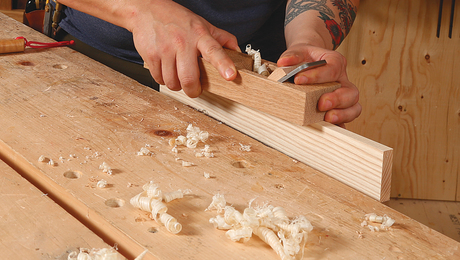 |
Make a wooden pull planeVic Tesolin’s wooden pull plane is not a Japanese plane, but his own version that cuts on the pull stroke instead of pushing like a standard western plane. |
Every two weeks, a team of Fine Woodworking staffers answers questions from readers on Shop Talk Live, Fine Woodworking‘s biweekly podcast. Send your woodworking questions to shoptalk@taunton.com for consideration in the regular broadcast! Our continued existence relies upon listener support. So if you enjoy the show, be sure to leave us a five-star rating and maybe even a nice comment on our iTunes page.
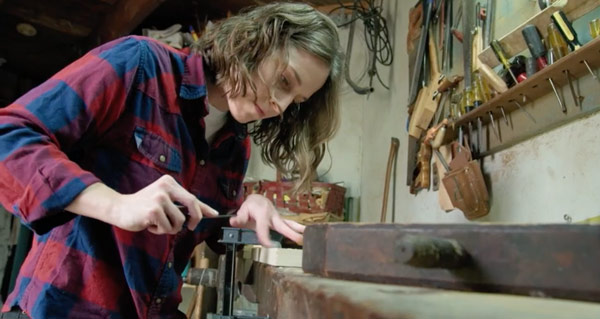





















Comments
Thanks for the response! Going to attempt building a couple pull style planes, I have an old mesquite 4in think mantle that will offer some great stock in this endeavor!
-Josh
Re table saw sanding discs. Table saws operate at fairly high rpm. For example a dewalt compact table saw has a no-load speed of 5800rpm. That seems to be awfully fast for sanding purposes, particularly if you are at the outside diameters of the sanding plate. Ask Larissa the mathmagician about how many miles per hour that is. The speed at the centre is going to be slower but if you've tried sanding at the centre, it doesn't work. By comparison, a dedicated disc sander is 1750rpm.
Log in or create an account to post a comment.
Sign up Log in